Alaska Airlines Flight 261: Investigating what caused the tragedy
Aerotime
MARCH 28, 2025
What should have been a routine flight turned into a tragedy after a part of the tail assembly failed. The trim on the horizontal stabilizer – the rear wing of the aircraft – was not working. Then the tone indicating the movement of the horizontal stabilizer sounded. Sadly, though, it was not to be.

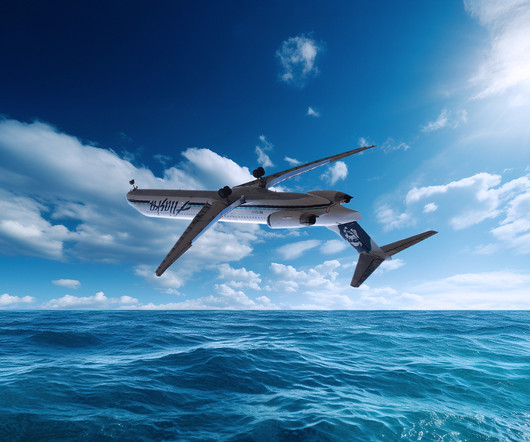

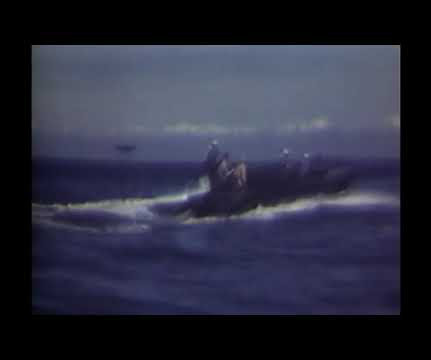
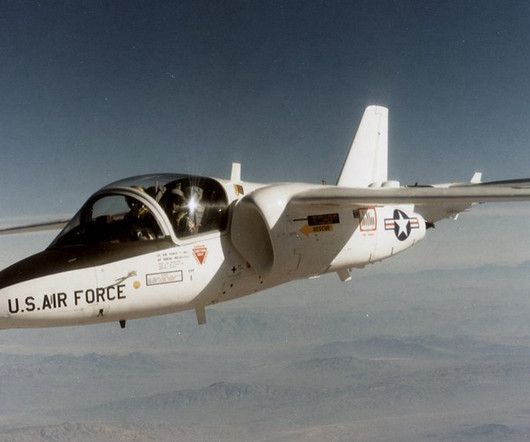

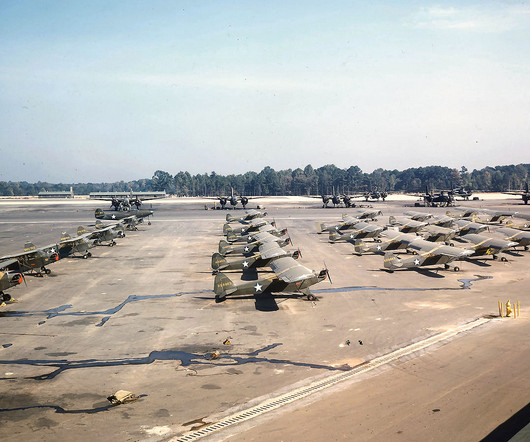
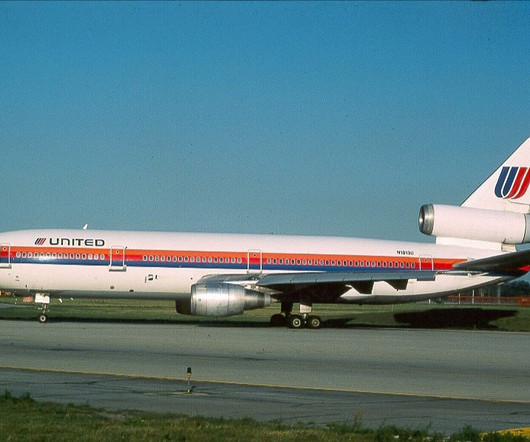





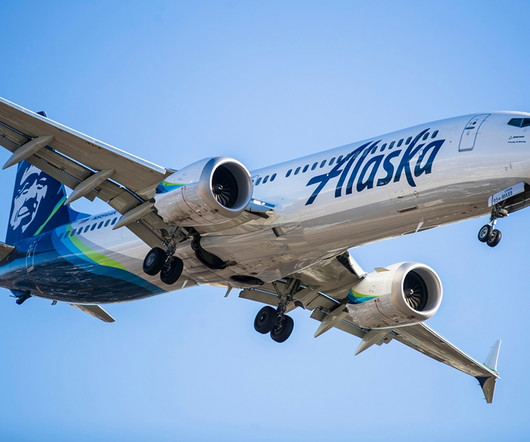
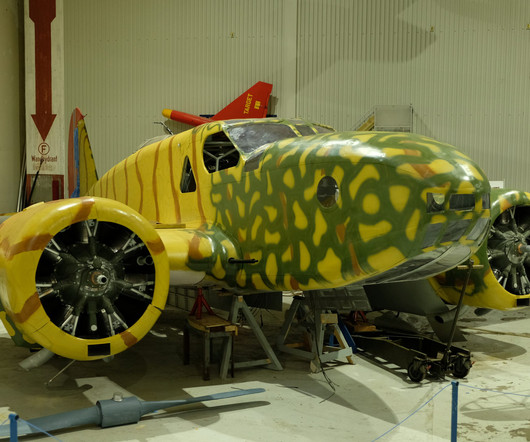






Let's personalize your content